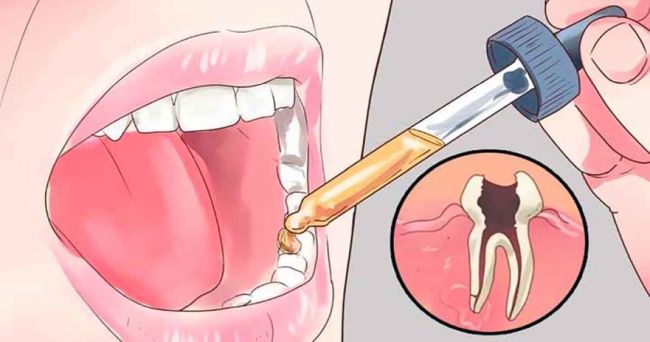The dental fillings that we all probably hate going to the dentist to get taken care of may soon be a part of history!
A new discovery about a drug called Tideglusib might replace fillings for cavity repair. Developed for and trialed to treat Alzheimer’s disease, the drug also happens to promote the natural tooth regrowth mechanism, allowing the tooth to repair cavities and heal itself.
Tideglusib works by stimulating stem cells in the pulp of teeth, prompting the damaged area to regenerate the hard dentin material that makes up the majority of a tooth. Dentine is the mineralized substance beneath tooth enamel that gets eaten away by tooth decay.
Teeth can naturally regenerate dentine without any help, but only under certain circumstances. The pulp must be exposed through decay or trauma to prompt the manufacture of dentine.
But even then, the tooth can only regrow a very thin layer naturally—not enough to repair cavities caused by decay, which are generally deep. Tideglusib changes this outcome because it turns off the GSK-3 enzyme, which stops dentine from forming.
In the research, the team inserted small, biodegradable sponges made of collagen soaked in Tideglusib into cavities. The sponges triggered dentine growth and within six weeks, the damage was repaired. The collagen structure of the sponges melted away, leaving only the intact tooth.
London Dental Institute Professor Paul Sharpe from King’s College London, who is also the lead author said: “The simplicity of our approach makes it ideal as a clinical dental product for the natural treatment of large cavities, by providing both pulp protection and restoring dentine. In addition, using a drug that has already been tested in clinical trials for Alzheimer’s disease provides a real opportunity to get this dental treatment quickly into clinics.”
In an interview with The Guardian he said: “The tooth is not just a lump of mineral, it’s got its own physiology. You’re replacing a living tissue with an inert cement. Fillings work fine, but if the tooth can repair itself, surely [that’s] the best way. You’re restoring all the vitality of the tooth.”
The procedure has only been used in mouse teeth and there is a lot more research to be done to confirm if the results can be replicated in humans.
The researchers used Tideglusib on damaged teeth in mice to see how it promoted stem cell activation. The team plan on moving to rats next, and if those results are positive, human trials could be next on the list!
The drug was applied to the cavity using a biodegradable collagen sponge soaked in Tideglusib molecules, and then everything was sealed up inside.
After several weeks, the team saw that the collagen sponge had degraded, and the teeth had regenerated enough dentin to fill the gap.
The process itself is very similar to a normal cavity filling, but instead of putting in an artificial filler, doctors are encouraging the growth of natural dentin, leading to healthier teeth in the long run.
The good news is that Tideglusib and the collagen sponges used in the procedure have both passed clinical trials for other treatments, which will likely speed up the process if the technique does make it to human testing.
Oral cell biologist Ben Scheven from the University of Birmingham in the UK, who is not involved in the study, said in an interview with The Guardian: “Dentistry is not only about filling and drilling, but also about keeping the teeth healthy. Especially since it’s an accessible and cheap treatment, I can imagine this being used in the clinic.
There is probably a long way to go until this is available for all of us at our dentists office, but researchers are determined to make oral care easier and less painful for all of us!
